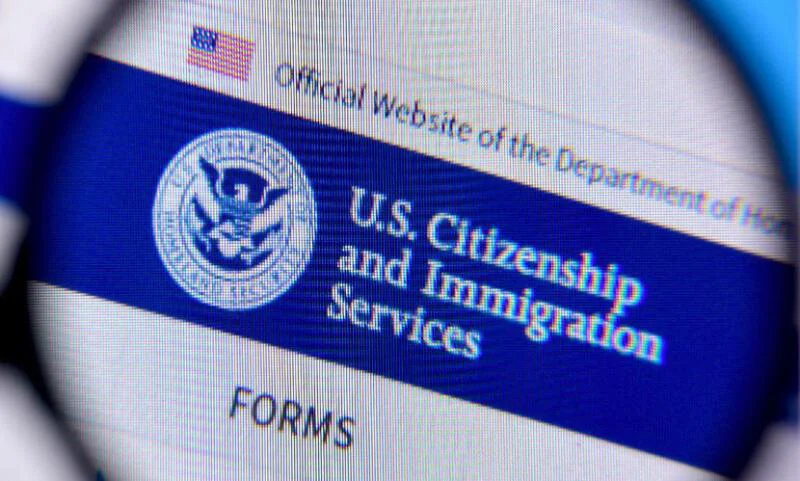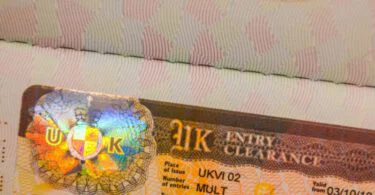To offer significant relief to several international employees and their households, the United States Department of Homeland Security (DHS) has declared an expansion to the automatic work permit continuation duration for partners of H-1B and L-1 visa holders.
A significant change will take effect on January 13, 2025. The automatic work permit renewals will now be extended to one year and six months, a substantial increase from the previous six-month cap. This is a significant step towards providing stability and security to our international employees and their families.
Table of Contents
Who Does This Affect
This law will profoundly impact the workforce, particularly for partners of H-1B visa holders (H-4 visa) and L-1 visa holders (L-2 visa) seeking work permits. These individuals are crucial to the United States workforce and often contribute to sectors experiencing critical labor shortages.
The extension is applied to:
- Partners of H-1B visa holders on H-4 visas are looking for green cards.
- Partners of L-1 visa holding L-2 visas.
This approach modification applies to Employment Authorization Document (EAD) renewal requests filed on or after May 4, 2022.
Why This Is Important
Processing delays for work permit continuations have disturbed the jobs of several visa holders’ partners. This extension intends to mitigate these disruptions, ensuring qualified persons can work without spaces in approval.
According to the Secretary of Homeland Security, the American economy has generated more than 16 million jobs since January 2021. This report states that this modification will eradicate bureaucratic stresses for employers and permit people to contribute to their societies and the economy.
Facilitating Procedures And Decreasing Delays
Furthermore, with this significant extension, USCIS has taken so many steps to facilitate its procedures and decrease Employment Authorization Document processing periods, which include:
Decreased Processing Periods
USCIS has significantly decreased the median processing periods for job approval documents for people waiting for status changes. This modification ensures quicker authorizations and reduces job interruptions.
If you enjoy this article, don't miss out on the valuable insights and information available in our other related posts:
- In-demand Jobs In Alberta
- How To Apply For British Citizenship: Step-by-Step Guide For 2025
- How IEC Work Permit Holders Can Earn Extra CRS Points For Express Entry
- Canada Extends Open Work Permits For Temporary Resident To Permanent Resident Route Candidates
- Top Visa Routes To Live And Work In Australia In 2025
Improved Community Involvement
The agency has elevated its outreach actions, working with societies to teach qualified employees about Employment Authorization document conditions and offering on-the-ground assistance to ease the application procedure.
Quicker Processing For Certain Classifications
Employment Authorization Documents processing durations for asylum finders and specific paroles have been decreased. Requests are now processed within a 30-day median deadline, facilitating faster workforce integration.
Extended Validity Durations
To decrease the frequency of continuations, USCIS has expanded the authenticity duration of Employment Authorization Documents for specific classifications of candidates from 24 months to 5 years, improving stability.
Facilitated Refugee EAD Processing
The processing of refugee Employment Authorization Document requests has been facilitated, permitting candidates to get work permits more accurately and simplifying their transition into the United States workforce.
Developed Online Filing
USCIS has extended online filing alternatives for Employment Authorization document requests, allowing asylum seekers and parolees to make an application online. Decreasing paperwork and enhancing accessibility for candidates throughout the country
According to a statement by the USCIS director, this law will assist United States employers in retaining their workforce and deter irrelevant setbacks in job opportunities for qualified persons.
Prospective Difficulties
While the extension is easy for several individuals, concerns remain that a future administration could change the policy. A similar policy to withdraw H-4 work permits was revoked in 2021, pointing out the explosion of such standards.
In conclusion, the final law underlines the United States authority’s actions to deal with job difficulties triggered by immigration delays. By assisting qualified employees, the policy intends to boost the economy while decreasing blockades for employers and workers.





